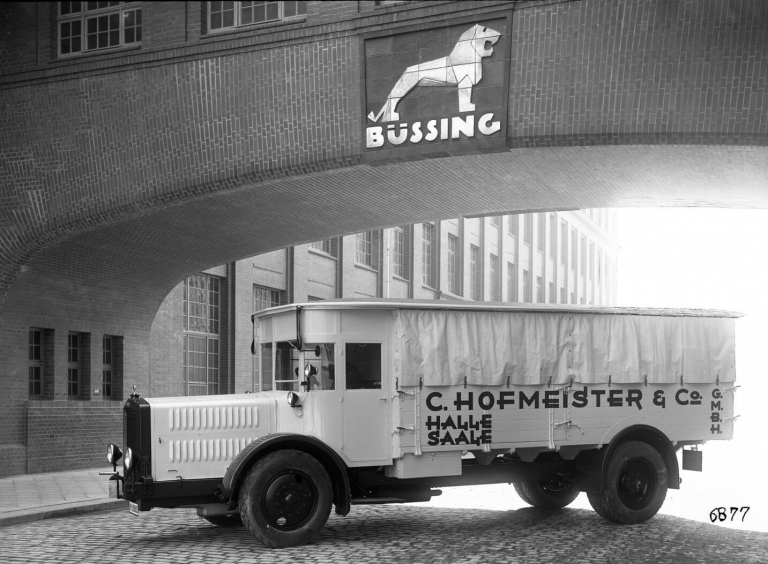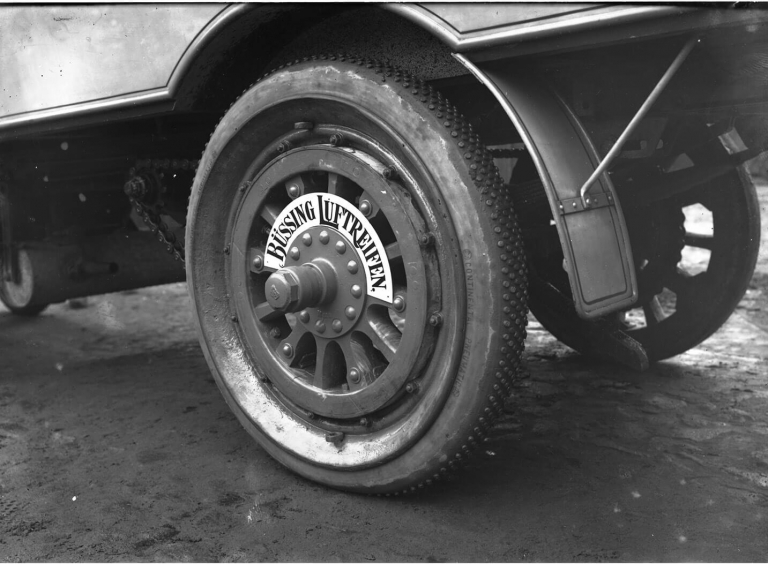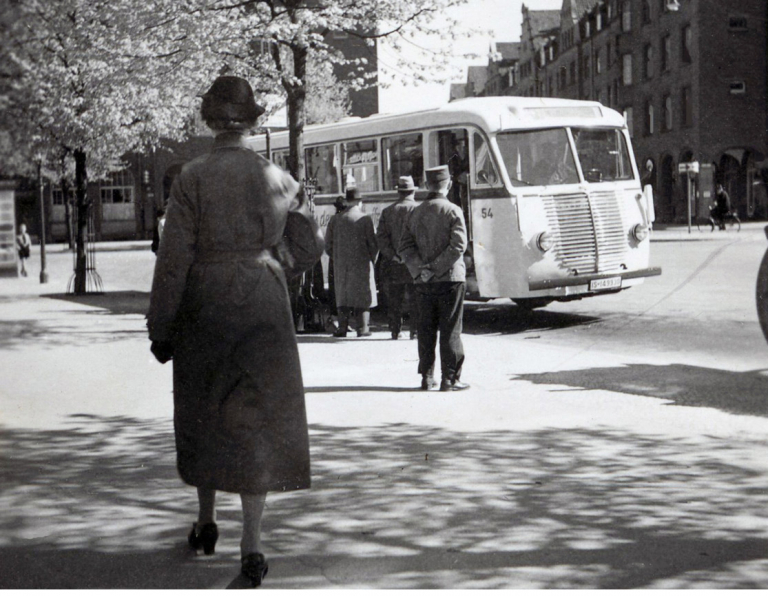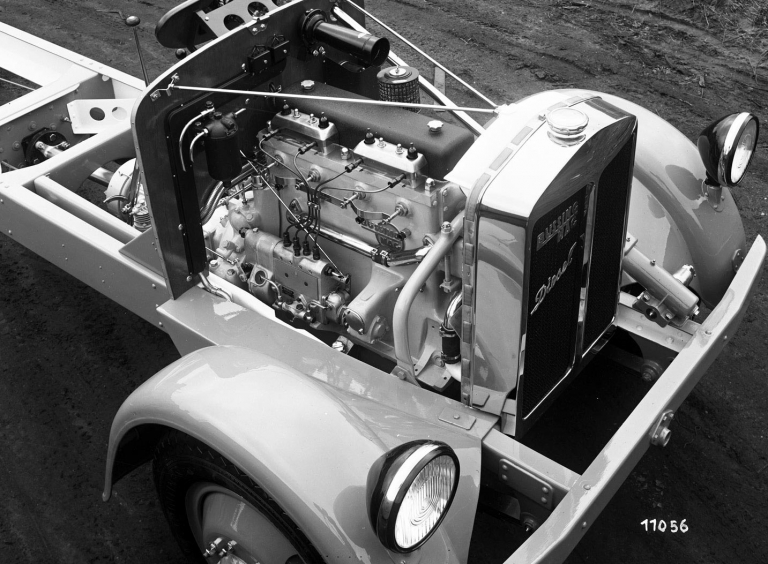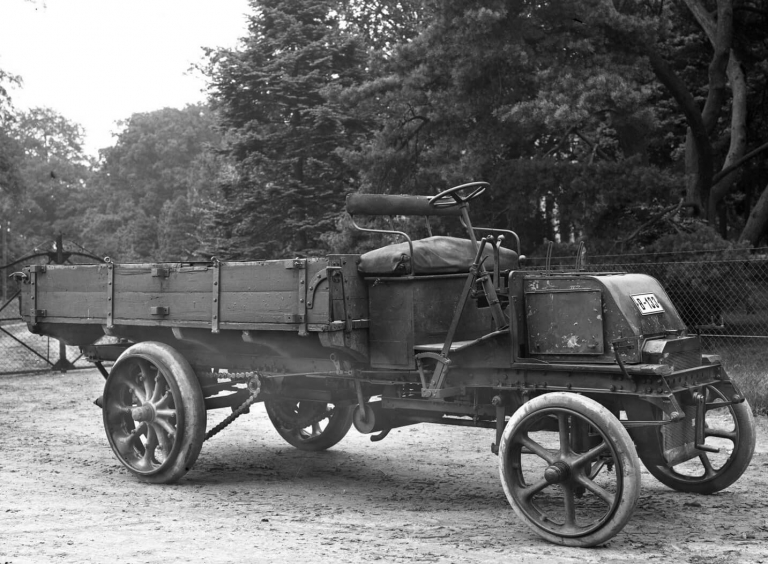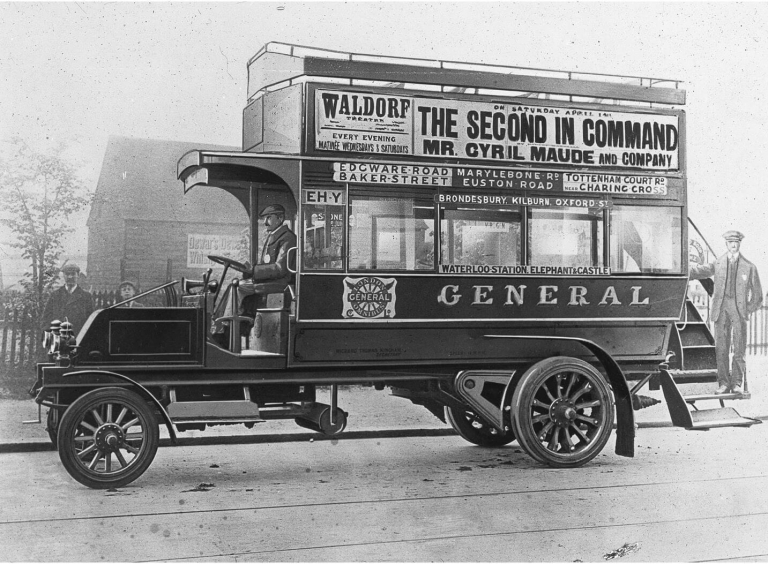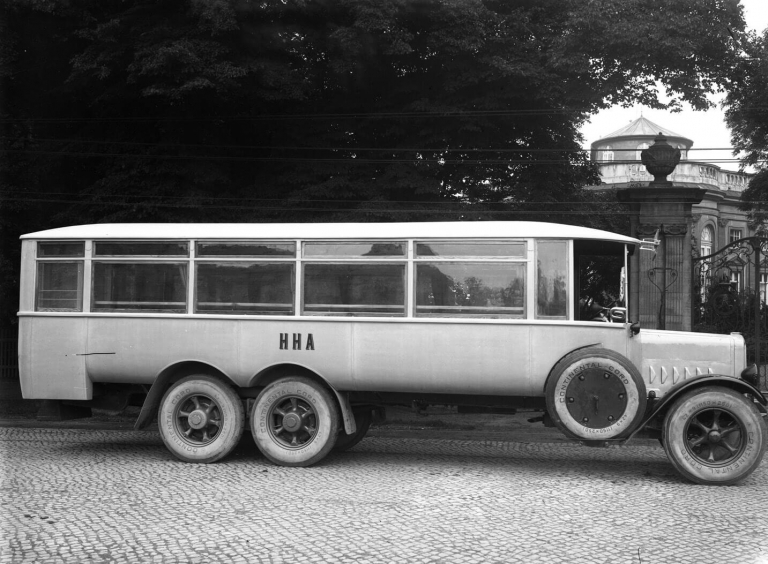
Büssing
He built bicycles, designed signal boxes for the railway and went down in history as a pioneer in the construction of trucks and omnibuses: Heinrich Büssing. This German inventor owned almost 250 patents and founded several companies, including the future Büssing AG, which was taken over by MAN in 1971.
Heinrich Büssing was born on 29 June 1843 in the village of Nordsteimke, now a district of Wolfsburg. After obtaining his leaving certificate from the village school, he trained as a blacksmith with his father. Two years later, at barely 18 years old, Büssing spent a year and a half wandering through Germany and Switzerland. The young craftsman discovered on his travels how radically industrialisation was altering life and working patterns. He recognised that the future would belong to industrial production. Spending the rest of his life in his father’s business was something he could no longer imagine. He wanted more.
Back home, he enrolled as a guest student at the Collegium Carolinum in Braunschweig, later the Technical University of Braunschweig, and attended lectures in mechanical and civil engineering. In 1866, aged 23, he found employment in an engineering office that specialised in railway construction. But even that did not hold the energetic Büssing back for long: he became self-employed in 1868.
Büssing beginnings as a bicycle manufacturer
Heinrich Büssing opened a “velocipedes factory” with a small workshop in Braunschweig where he built bicycles he had designed himself. The young father of a family had no doubt that mobility would play a key role in the industrial age.
Büssing proved his creativity as an inventor right from the start. He continuously improved his two- and three-wheeled bicycles with iron tyres; he made them more elegant and affordable – and popular by means of clever marketing. He advertised them using letters, brochures and small ads and presented them at exhibitions.
But it all came to an end in 1870: Büssing fell into financial difficulties and had to abandon his production. This was partly due to the outbreak of the Franco-Prussian War, which wrecked his international business connections.
His switch to trucks and buses
Heinrich Büssing wanted to further advance the mobility of people and goods. He therefore withdrew from the railway business at the start of the 20th century and in 1903 together with his sons Max and Ernst he founded “H. Büssing, Special-Fabrik für Motor-Lastwagen und Omnibusse” on the site of a former laundry in Braunschweig. The engineer, who was by now 60 years old, had been experimenting with commercial vehicle construction since 1900. In 1902, he built his first experimental vehicle called “the grey cat”. Although the designer already had a fulfilling and successful professional career behind him, he did not yet see the full potential of mobility exhausted – especially not for the general populous.
“We are building vehicles for people who would otherwise have to walk. Others may wish to build for people who previously drove in a carriage”, was how Büssing formulated his company’s objective in 1903. That same year, the Büssings produced the first roadworthy truck driven by a two-cylinder petrol engine with an output of 9 PS. A little later, in 1904, came the young company’s second coup: the production of a 20-PS chain-driven omnibus with a maximum speed of 30 km/h. The bus could carry twelve people and soon went into series production.
First Braunschweig, then the world
Heinrich Büssing distributed his vehicles with great success. As early as 1904, his buses operated in regular service under the umbrella of the Büssing-owned “Automobil-Omnibus-Betriebs-Gesellschaft Braunschweig”. Postal items were also soon transported by these buses.
In the 1920s and 1930s, the company, which had been using the Braunschweig lion emblem for advertising purposes since 1913, rose to become one of the leading commercial vehicle manufacturers in Germany and Europe.
An unforgotten pioneer
Heinrich Büssing died in 1929 at the age of 86. He had acquired more than 150 patents in the field of vehicle development. His sons continued to run the company and later made a name for themselves with technical innovations. This included a motorway bus with respectively two 140 PS diesel engines presented in 1934. From 1936, Büssing produced two-axle and three-axle tram buses with underfloor engines. During the Second World War, the company produced crawler tractors, armoured scout cars, aircraft engines and trucks, including a light and off-road model, the so-called “Einheitsdiesel” (standard diesel truck).
It was converted into a public limited company, Büssing AG, which last made a profit in 1960. Salzgitter AG merged with the company in 1962 and took it over in full until 1968. Production was relocated to Salzgitter in 1965. Excessive development costs among other things brought the company into ever greater economic difficulties. The company was eventually taken over by MAN in 1971.
MAN retained the Büssing corporate logo, the Braunschweig lion. It still decorates the radiator grille of MAN commercial vehicles to this day – thus reminding us of the “king of trucks” and pioneer of mobility, Heinrich Büssing.




